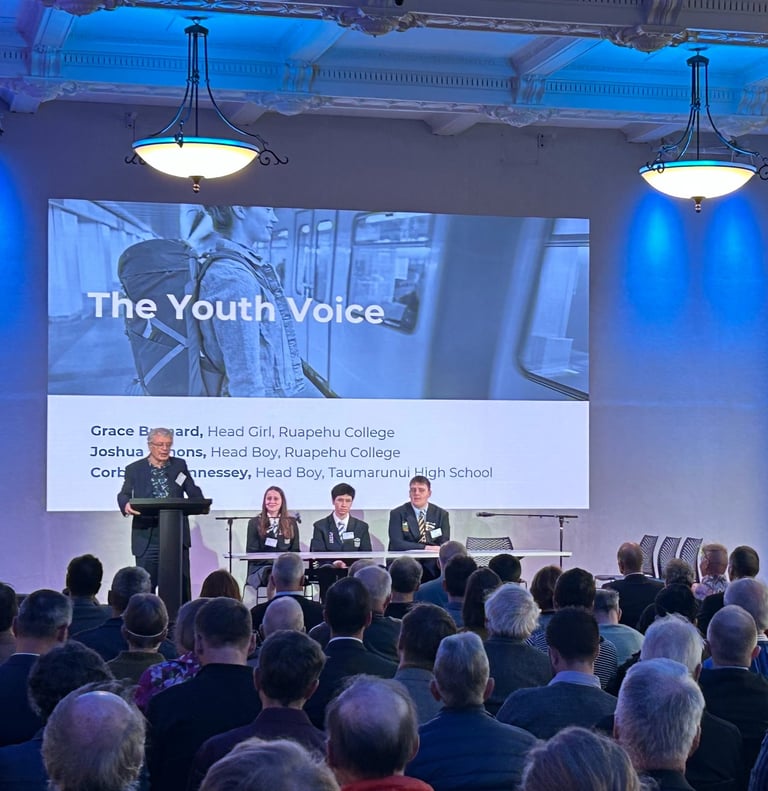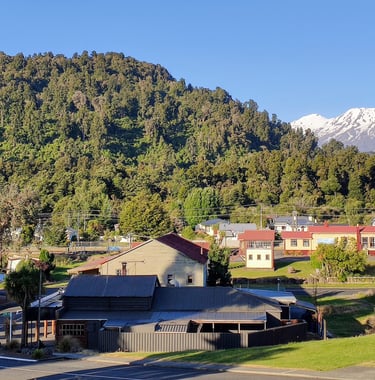The voice of youth: Bringing back passenger rail
Rail could mean a world of difference for young people in NZ regional towns.
REGIONAL RAILRUAPEHUGENERATIONS
Joshua Simons
7/14/20232 min read
In an age of rapid urbanization and expanding populations, it is crucial to explore sustainable and efficient transportation solutions. Inter-Regional Passenger Rail networks offer a compelling answer to this growing challenge. These rail networks revolutionize connectivity, acting to bridge the gaps between our rural and suburban areas, creating a seamless flow of people and resources. Picture a world where residents of rural communities have ease of access to employment opportunities, education, healthcare, and cultural centers located in suburban areas. The creation of new, and the expansion of existing Inter-Regional Rail networks act as lifelines that serve to bring these communities closer, eliminating the barriers of distance and the need for other limited, and more dangerous transportation options.
One of the key advantages of rail networks is their ability to alleviate congestion and reduce traffic. As our cities and towns continue to grow, so does the strain on our roads and highways. Rail networks provide an alternative mode of transportation, reducing the number of cars on the road. This, in turn, leads to less congestion, shorter travel times, and improved air quality. By shifting from private vehicles to rail, we can create more sustainable and livable communities for future generations. Furthermore, the construction and operation of these networks create employment opportunities and stimulate economic growth. They attract investments and development along their routes, revitalizing areas that were previously disconnected or underutilized. In turn lending to the better and greater opportunities for a wide variety of people, as rural communities become more accessible, businesses can thrive, leading to job creation and increased economic flow and stimulus.
In addition, rail networks enhance social cohesion and improve the overall quality of life. By connecting people from different backgrounds and regions, they promote cultural exchange, diversity, and understanding. Where I live, in the Ruapehu region of the Central North Island communities can benefit greatly from the creation of more sustainable infrastructure that delivers for people. If government invests in increasing the prominence of rail, it creates vibrant public spaces where individuals can interact, fostering a sense of community and belonging. It also ensures people from rural regions equal access to essential services and amenities, regardless of one's geographical location, empowering individuals and promoting social equity.
It is an investment, not a cost. Is a phrase I seem to hear constantly. And in this instance, it has never seemed more appropriate. The benefits of inter-regional rail networks in New Zealand are profound. They provide enhanced connectivity, reduce congestion, protect the environment, stimulate economic growth, and foster social cohesion. By investing in greater amounts of rail infrastructure, we can bridge the gap between rural and suburban areas, creating a more interconnected and sustainable nation. Allowing for a more level distribution of opportunities regardless of the places in which people live. Let us embrace the opportunities that rail presents and work towards a future where New Zealand is more a unified and interconnected society. I implore that we choose to invest wisely in our future, a future of rail, and a future full of connectivity.
Joshua Simons is Head Boy of Ruapehu College. Joshua presented at the Future of Rail Conference




